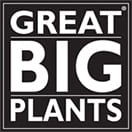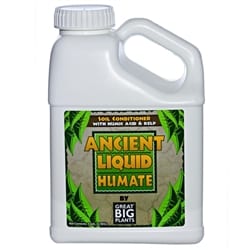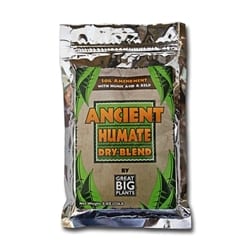Organic Gardening
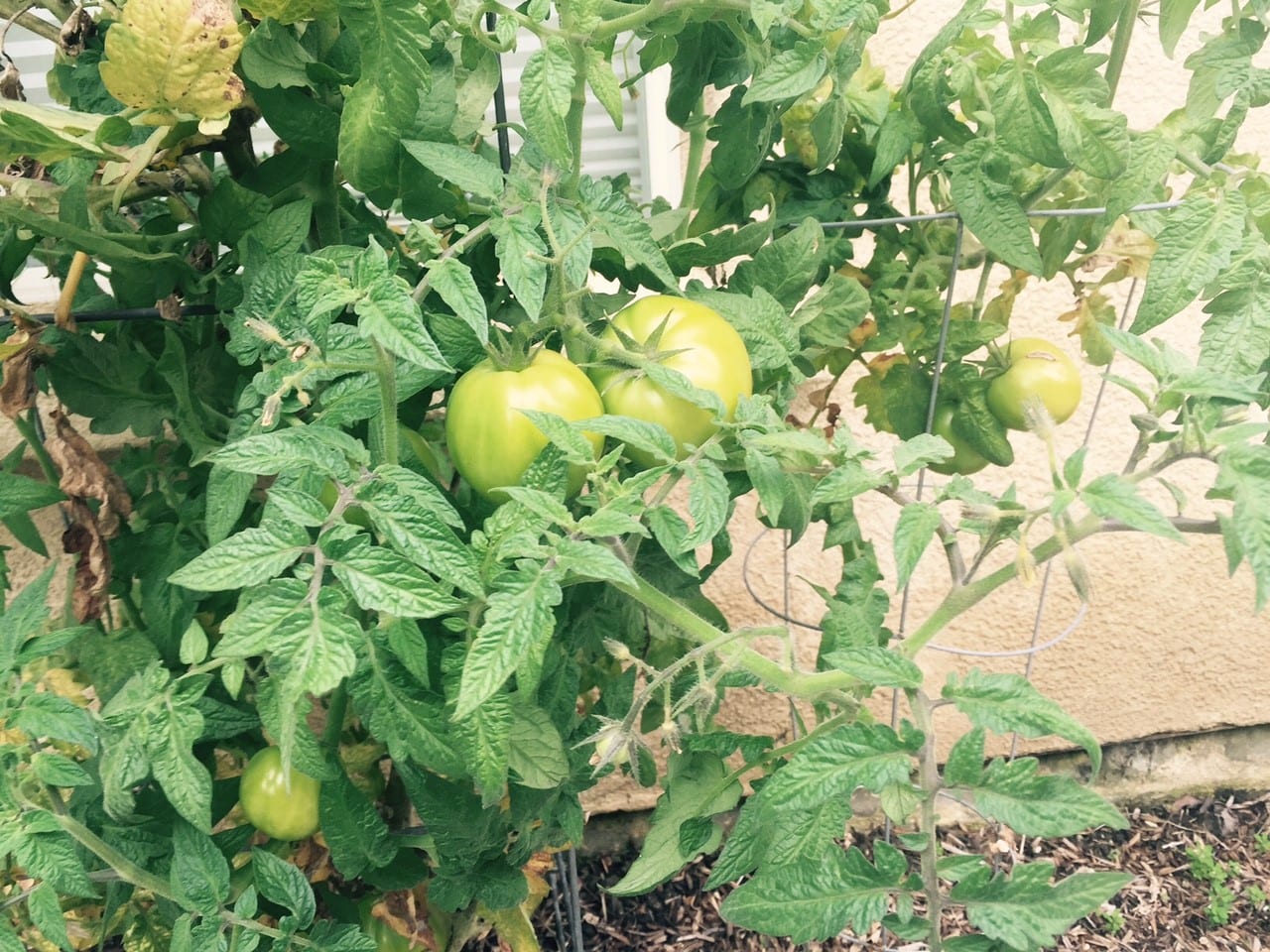
Our country was founded on organic farming and gardening (chemical fertilizers and pesticides weren’t invented until the early 1900s). These days, organic gardening is pursued by many home gardeners as a way to reduce toxicity in their gardens and food supply. Unfortunately, gardening with strictly organic inputs can be challenging. Consider all the inputs: soils, soil amendments like compost or manure, seeds or transplants, fertilizers, and pest control methods. Success depends on the ability to be patient and consistent over a long period of time. Often, gardeners end up straying from pure organic gardening with one or more of these inputs due to cost or convenience.
Our Goal
At Great Big Plants, our goal is to help all gardeners, organic or not, be more successful by improving the condition of garden soil and helping accelerate the availability of nutrients to plants. Here’s why:
Ancient Liquid Humate
Improves soil texture and boosts microbial activity.
Ancient Humate Dry Blend
Provides 12% humic acids and kelp to boost microbe activity and improve nutrient uptake.
The Challenge
Conversely, the greatest challenge faced by organic growers is nutrient availability at the right time in the plant’s growth cycle. Nutrients in chemical fertilizers are bioavailable to plants sooner while organic fertilizers have a delayed effect due to their need for natural decomposition. Chemical fertilizers are leached away from the root zone faster, while organic fertilizers stay in the root zone longer. So the trick is to use organic fertilizer and have it be bioavailable for the plants soon enough. This requires a healthy root zone that hosts and feeds a thriving population of microorganisms.
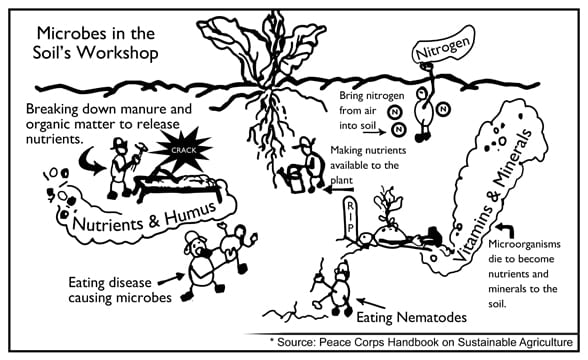
Organic Matter
The key to a thriving microbial population is organic matter that will provide a carbon source and trace amounts of nutrients for conversion, appropriate moisture and a sufficiently aerated root zone for oxygen to be available. We also recommend kelp as a microbe food source and trace minerals to broaden the range of nutrients available to the soil food web and plants.
